The 36 biggest game-changers since 2004
The Golf Digest Hot List turns 20 this year, so forgive us for feeling nostalgic. When you have tested tens of thousands of clubs and chosen 2,302 of them to be on the Hot List, it’s natural that some have left an imprint. The two of us, after all, have been here for all 20 editions of the Hot List. To celebrate, we have created the Hot List Hall of Fame to honour the clubs we believe were game-changers, established a trend, broke new ground or were simply super cool. Like other Halls of Fame, there is a five-year waiting period, so those clubs on the Hot List from 2019 through this year are not eligible (the 2023 Hot List begins next issue). Induction was not reserved solely for companies with the fattest R&D budgets. You’ll also see clubs from companies you have never heard of or ones that are no longer in business. Here are the 36 clubs that we deem HOF worthy.

2004: Nike CPR hybrids
The hybrid category was still in its infancy when Nike took a dual approach to iron-
replacement clubs. Although we liked both versions, the shorter-shafted scoop version was as close to a can’t-miss club as there
was at the time.
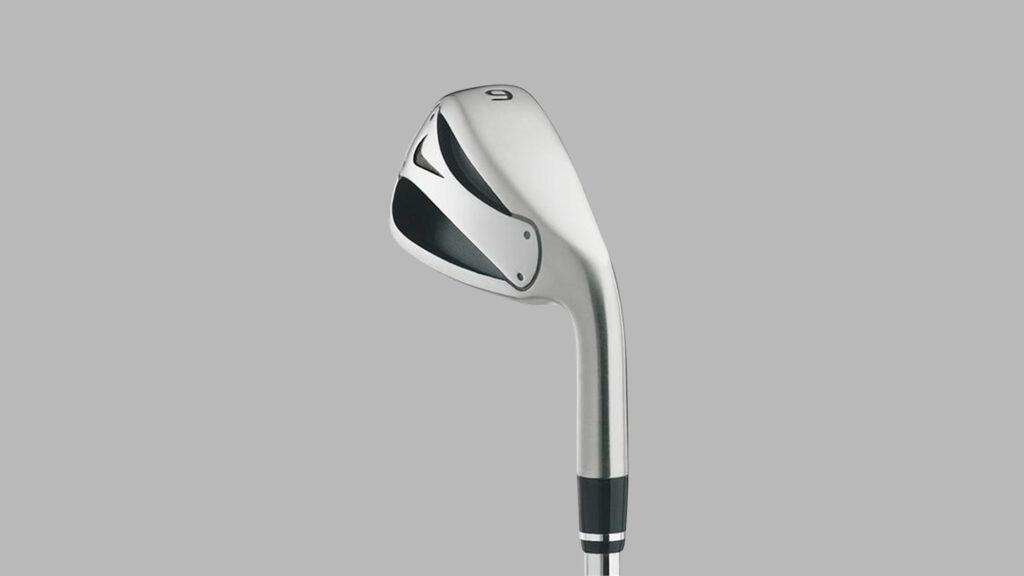
2004: Nike Slingshot irons
This hollow-head, wide-sole iron was before its time. It wasn’t attractive, and it sounded weird, but the differing centre-of-gravity positions and lightweight face are ubiquitous in irons today. It was the club that put Nike Golf – and maybe the Hot List – on the map.
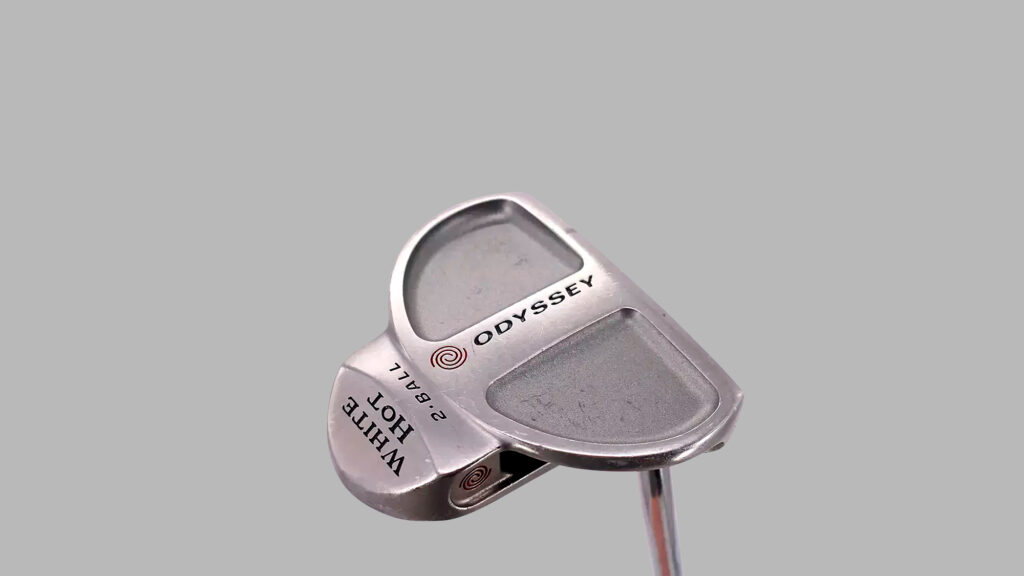
2004: Odyssey 2-Ball putter
This putter started a revolution in which mallets went from being strictly for those who couldn’t putt to being a better option for players of all abilities. By some counts mallet sales now out-perform blades by 250 percent.

2005: TaylorMade R7 Quad driver
The driver that started the adjustable-driver craze had four moveable weights that changed the centre of gravity to produce six ball-flight trajectories. The concept was groundbreaking and established TaylorMade as the leader in moveable-weight technology.

2005: Callaway Big Bertha Fusion irons
Use of massive amounts of tungsten are common in today’s irons, but nearly two decades ago that was a chore to accomplish. The use of a titanium face made this a players-distance iron before there was such a thing.

2005 Ping G2i Craz-E putter
The Craz-E, a stainless-steel putter with urethane inserts in the face and flange, was a new take on alignment and forgiveness in a mallet. The design spawned several versions in the ensuing decade.
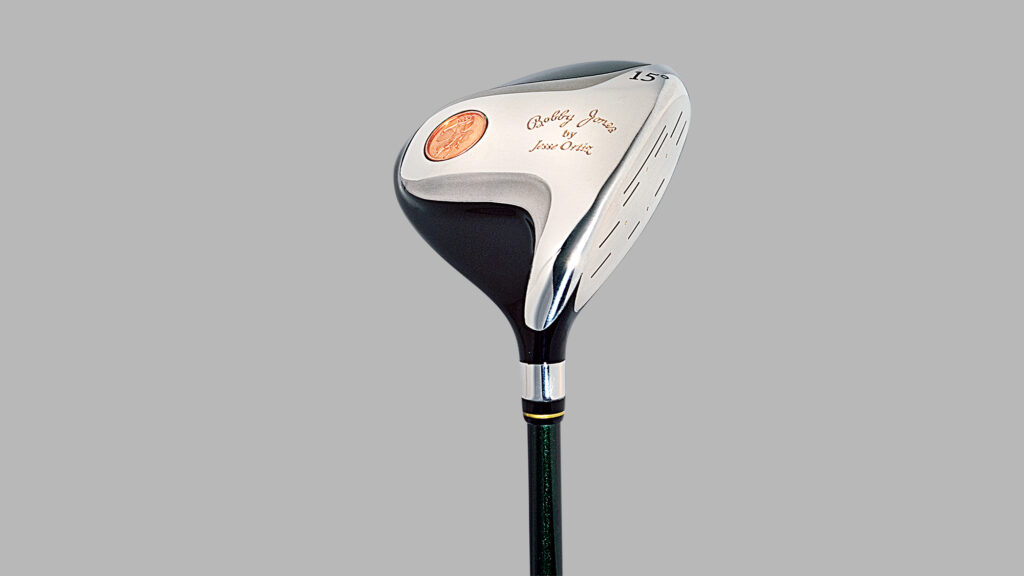
2006 Bobby Jones Players Series fairway woods
Designer Jesse Ortiz borrowed the shallow-face idea from his days at Orlimar, but it was the use of high-strength maraging steel – a material not often used in fairway woods in 2006 – that gave this club a noticeable length advantage. The power seemed even more electric given the classic shape.
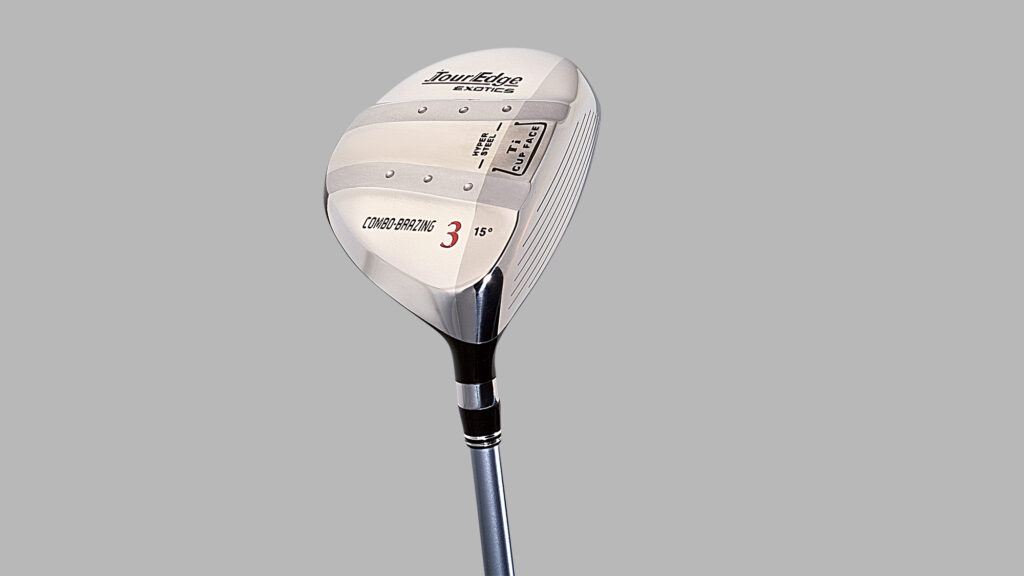
2006: Tour Edge Exotics fairway woods
A company known for its lower-cost clubs, Tour Edge pushed boundaries with its higher-end Exotics line. The brazing technique used to attach the face to the body (without welding) has regularly been used ever since by Tour Edge and many others.

2006: Callaway X-Tour irons
It was shaped like a tour-pro iron (and it really was) but had forgiveness traits that made it extremely usable for a 12-handicapper or better. The laser-welding of the face was nothing short of next-level manufacturing. They looked great in the bag, too.
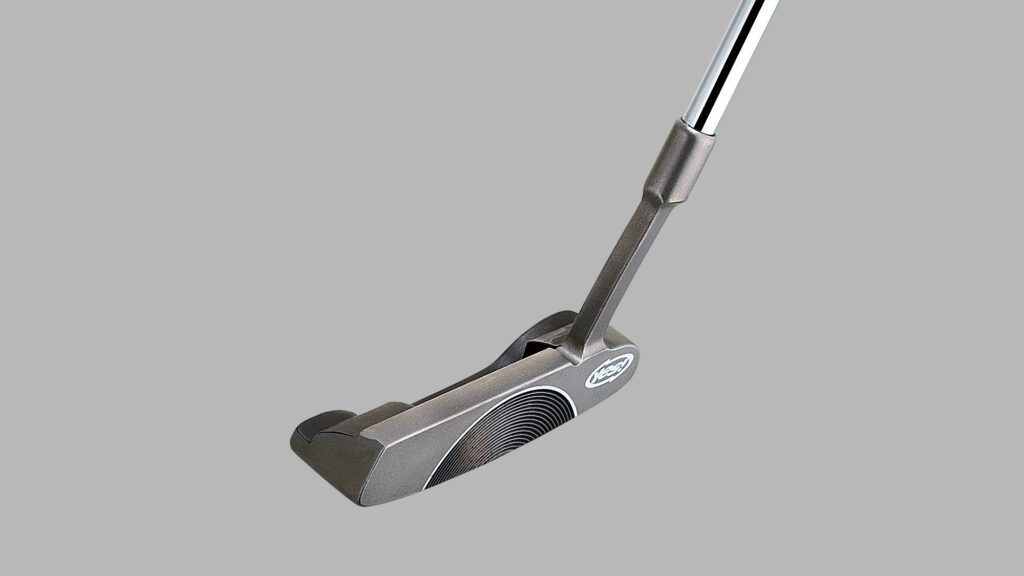
2006: Yes! C-Groove putters
These putters used concentric edges on the face that gripped the ball, lifting it out of its resting position and imparting forward roll. To understand how influential this was, just consider that a lot of putters today have faces featuring grooves.

2007: Callaway Fusion FT-5 driver
Callaway was using carbon composite in drivers long before it was de rigueur to do so. This effort saved 50 grams, allowing engineers to place weight where it was most effective, but it was the OptiFit system – allowing for a quick change of head or shaft – that was perhaps its most impressive feature.
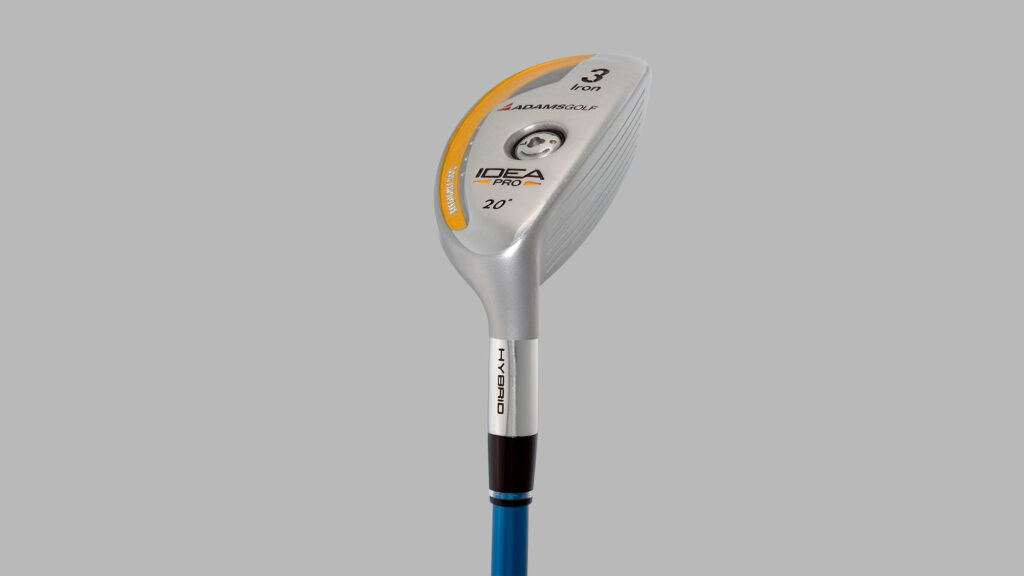
2007: Adams Idea Pro hybrids
This hybrid took over the tours as elite players embraced a club category once reserved for higher-handicappers. Just as amazingly, the boxy, forgiving shape and maraging-steel face
appealed to average golfers, too.
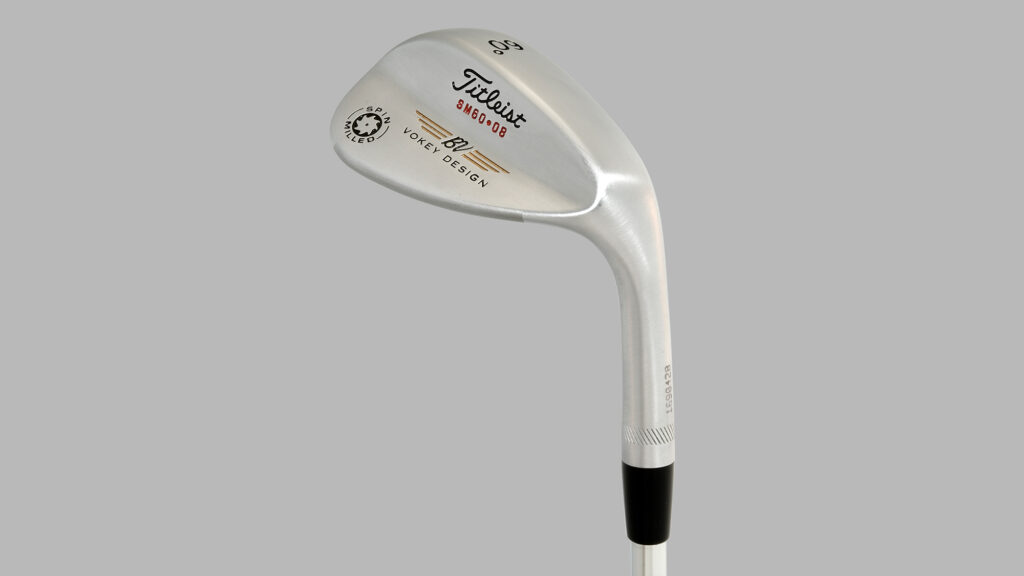
2007: Titleist Vokey Spin Milled wedge
The first Spin Milled used a circular saw-like tool to cut precise grooves with steep edges. The technology helped Titleist become the No.1 wedge on tour. (The company is up to Spin Milled 9 at the moment.)
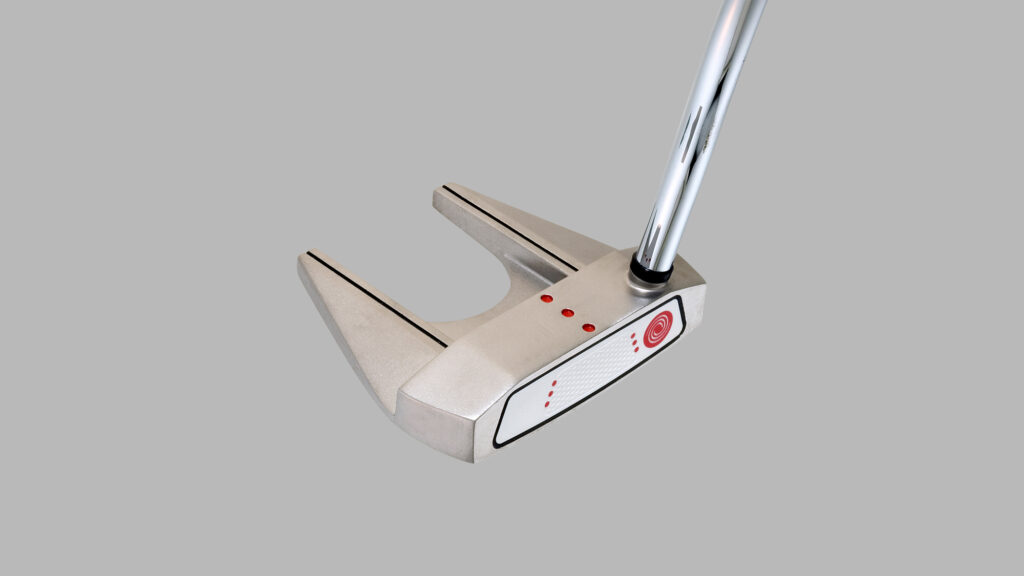
2007: Odyssey XG White Hot #7 putter
The execution at the time was novel – move weight to the perimeter and as far back as possible – but it made perfect sense. Today this approach is omnipresent and proof this putter belongs in the Hot List Hall of Fame.

2008: Wishon 949MC fairway woods
A shallow-face fairway wood with a high spring-like effect seemed impossible, but Wishon achieved it with an ultra-thin cupface made from high-strength steel – what a lot of mainstream companies were trying to do with drivers. The 1.7-millimetre face in a fairway wood was unheard of at the time.
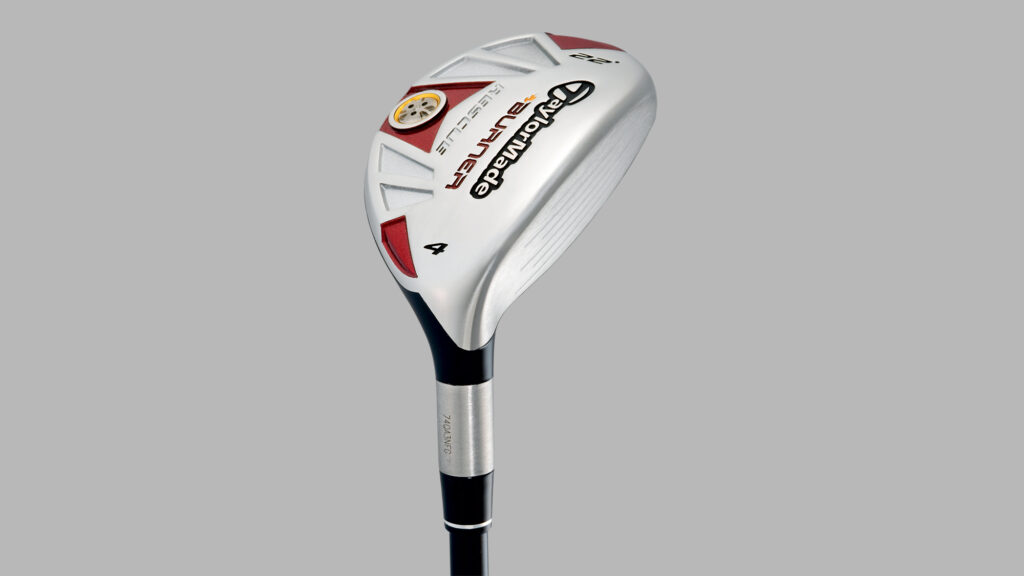
2008: TaylorMade Burner Rescue hybrids
Not all hybrids at the time were easy to hit, but this was a godsend for everyday players. Not only was this club forgiving, but the shaft and grip were lightweight, providing a swing-speed boost. No wonder we still see some of these in play nearly 15 years later.
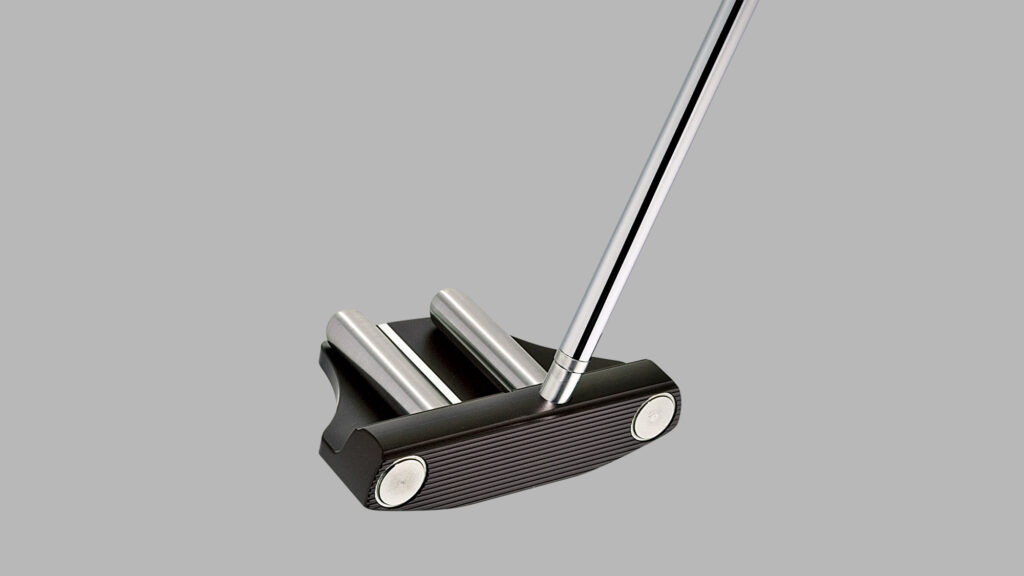
2008: Guerin Rife 2-Bar putter
The ability to adjust the lie angle 5 degrees in either direction was a shift in putter design. Golfers could also alter the back weights to customise the putter for the speed of the greens, and the grooves promoted a forward roll. It was like having 10 putters in one.

2009: TaylorMade Burner irons
TaylorMade applied its driver technology to its irons: reducing weight through the use of a lightweight grip and lighter, longer shafts increased ball speed and led to the use of stronger lofts. This iron created a burst of distance rarely accomplished at the time.

2009: Titleist AP2 irons
It’s difficult to comprehend that at one time Titleist struggled to make a players iron that appealed to the masses. This iron was the start of a transition from the company being known just for those using muscle-back blades and small-ish cavity backs to a leader in modern-day players irons.

2009: Titleist Scotty Cameron Studio Select putter
Cameron putters are more than well-crafted things of beauty. The use of screw weights of 10, 15 and 20 grams in the sole allowed the swingweight to match different shaft lengths and player preferences – a useful fitting tool for more than a decade.
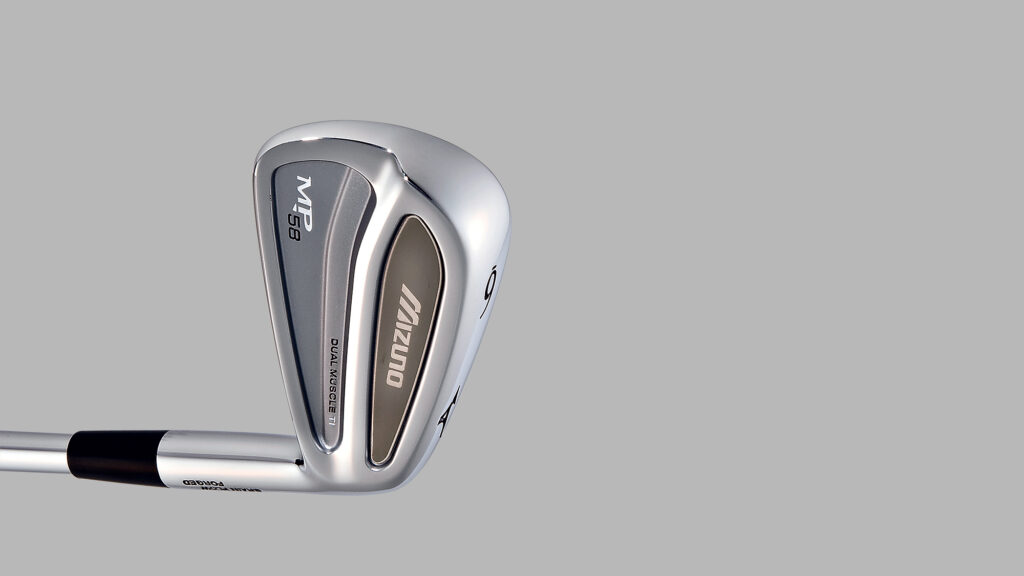
2010: Mizuno MP-58 irons
The ability to marry titanium to the body without welding was a manufacturing achievement. The resulting powerful but yummy feel was evidence it not only was slick technology but that it worked.
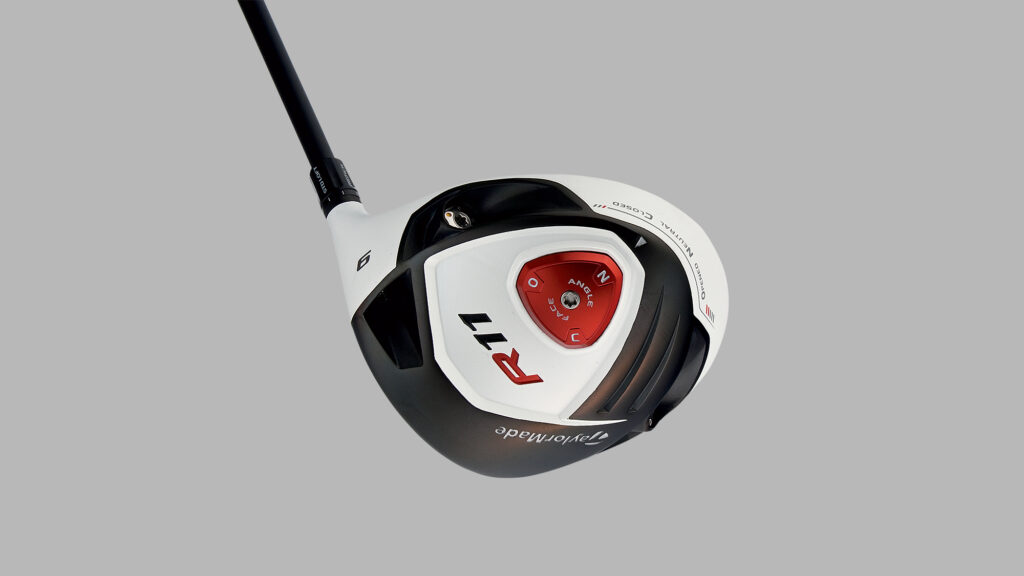
2011: TaylorMade R11 driver
This remarkable gamble paid off. TaylorMade was the leading driver company at the time yet took the risk of debuting a white driver. An early win on the PGA Tour helped this club become the top-selling driver of that year.

2012: TaylorMade Rocketballz fairway woods
We remember the TaylorMade team rolling out a 17-yard red carpet for our visit (representing the distance-increase claim). No doubt this club was long: The narrow sole slot and low, forward centre of gravity gave ball speed a boost. It flew lower than most fairway woods, but nobody seemed to care.
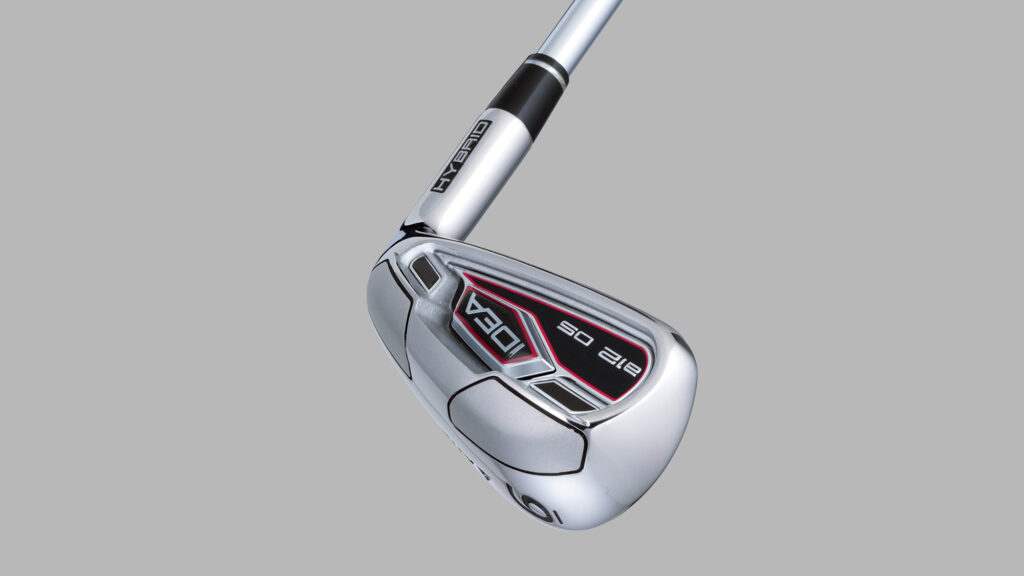
2012: Adams a12 OS irons
Adams led the movement to integrated sets, and this one included three hybrids, two
iron-like hybrids and three cavity-back irons. In addition, the face was incredibly thin for the time, providing plenty of sizzle.
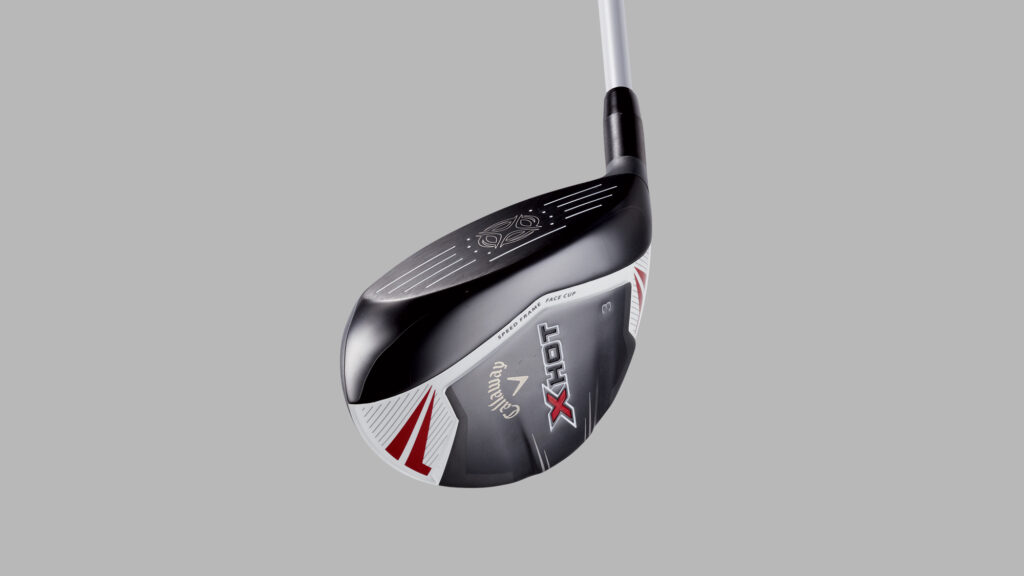
2013: Callaway X Hot fairway woods
A bold and successful move: create a fairway wood with driver-like face properties. In some ways this club – less than a year after Chip Brewer became chief executive – helped re-establish Callaway as a leader in R&D for metalwoods.

2013: TaylorMade Rocketbladez irons
Drafting off the success of its Rocketballz metalwoods, TaylorMade took a similar approach in irons. Its research showed that 72 percent of impacts happened low on the face, so it designed the slot in the sole to help the bottom third of the face flex more.

2013: Ping Scottsdale TR putter
Using deeper grooves in the centre of the face and shallower grooves towards the perimeter made for consistent ball speeds across the face. Ping’s commitment to fitting, including its user-friendly, data-generating iPing app, put this club over the top.

2014: Mizuno MP-H4 irons
These are three types of irons in one set: hybrid-like long irons, hollow middle irons and short irons with a middle cavity. It was an effort to help a wider swath of golfers. Several players-distance irons today have hollow bodies. This was the first to do so.
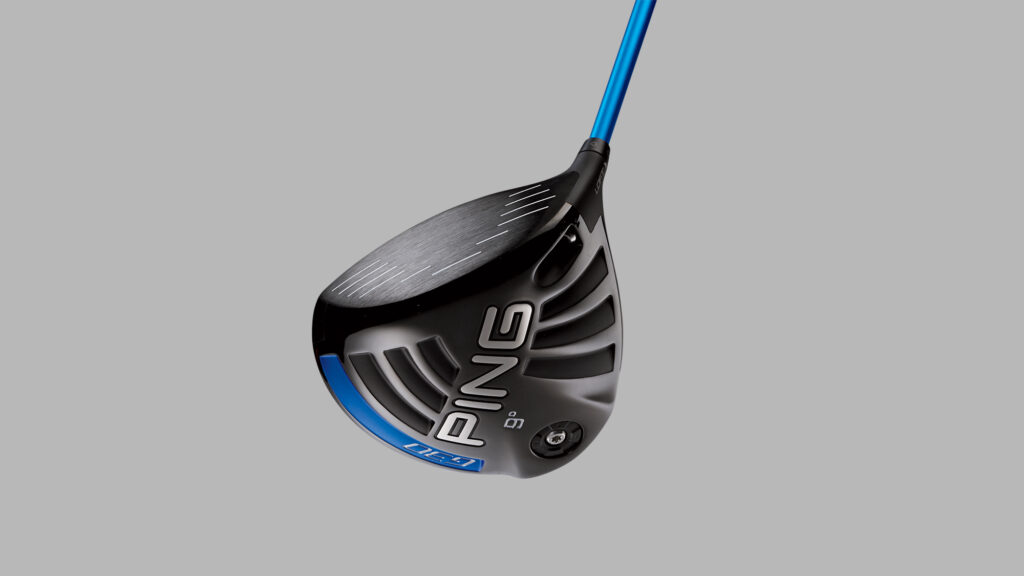
2015: Ping G30 driver
This driver debuted at a time when there were few product introductions, and suddenly “turbulators” became part of the golf-equipment lexicon. It also became the best-selling driver for several months. The aerodynamic benefit was debatable, but the technology was visible, and it brought aero into the conversation.
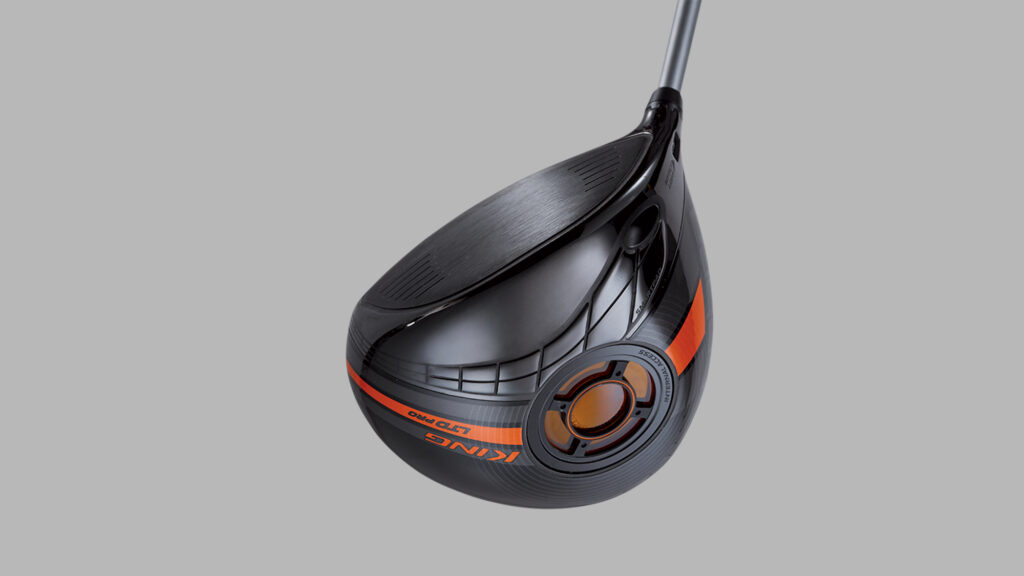
2016: Cobra King LTD driver
Cobra showed that the pursuit of lining up the centre of gravity with the centre of the face was a key to unlocking extra distance for the best players – something average golfers would soon benefit from, too.
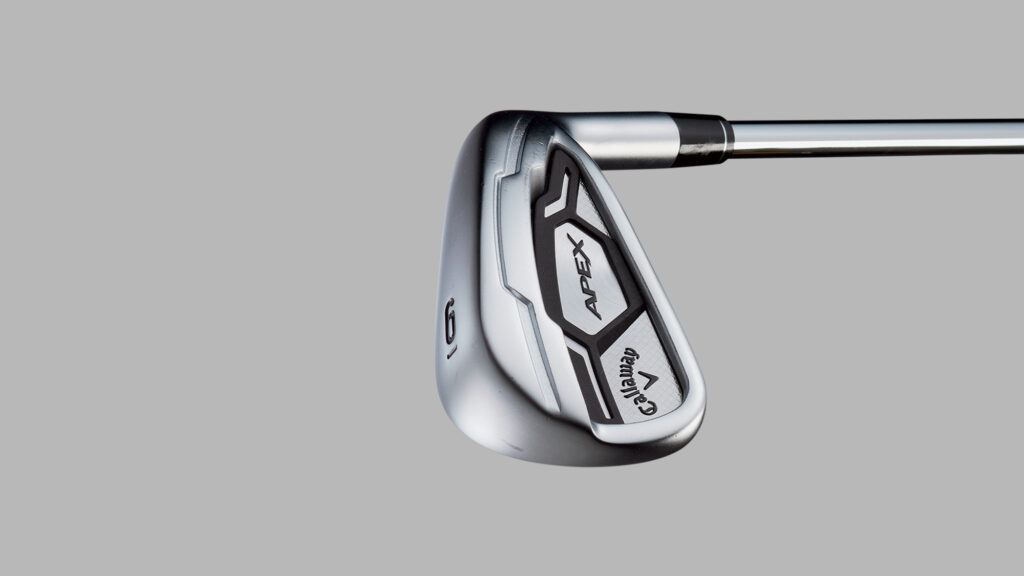
2016: Callaway Apex 2016 irons
The iron incorporated technology from the company’s metalwoods in which a stainless-steel face wraps around the crown and sole to enhance flex at impact. The decision to put this one in the Hall was easy. After all, we said at the time that this iron belonged on the Mount Rushmore of golf equipment.
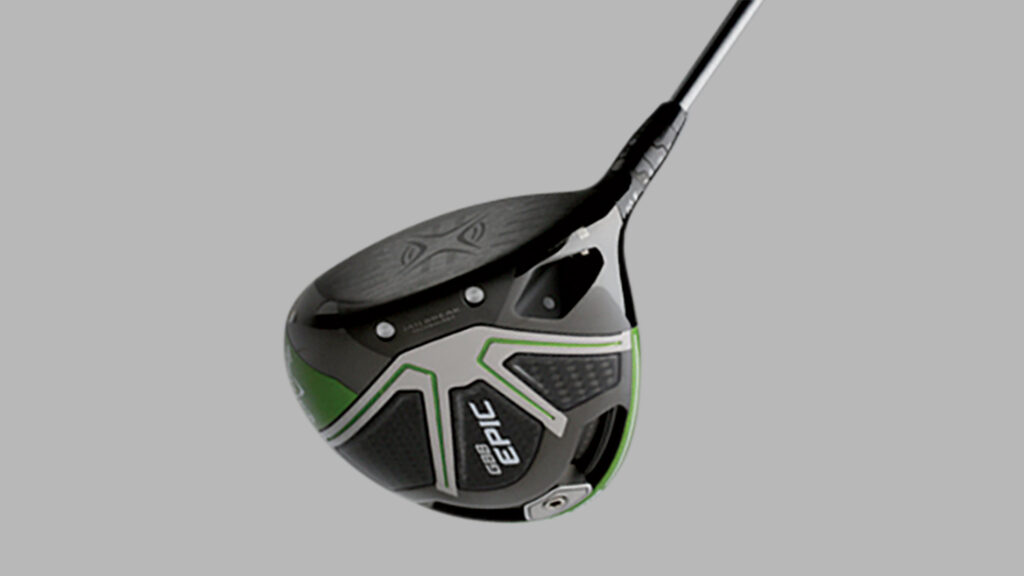
2017: Callaway GBB Epic driver
Epic was a smash hit and pushed Callaway back on top in the driver-technology
discussion. A striking 88 percent of our Hot List testers put it in their top five, but it fundamentally changed the understanding of how the body can impact the flexibility of the face to get more ball speed.

2017: Cobra King F7/F7 One Length irons
Before this, iron sets comprising different kinds of clubs resembled a used-car yard. This unified approach looked seamless, and it worked. Cobra also applied the idea to single-length irons, which we applaud and continue to wait for its appeal to fully materialise.

2017: Mizuno JPX900 Hot Metal irons
This cast iron opened a lot of eyes to the fact Mizuno didn’t just make forged muscle-back blades for elite players. Its big achievement was the search for new opportunities for ultra-strong, ultra-light, hot-flexing faces in cast irons involving unique steels, like those used in the bodies of solar cars.
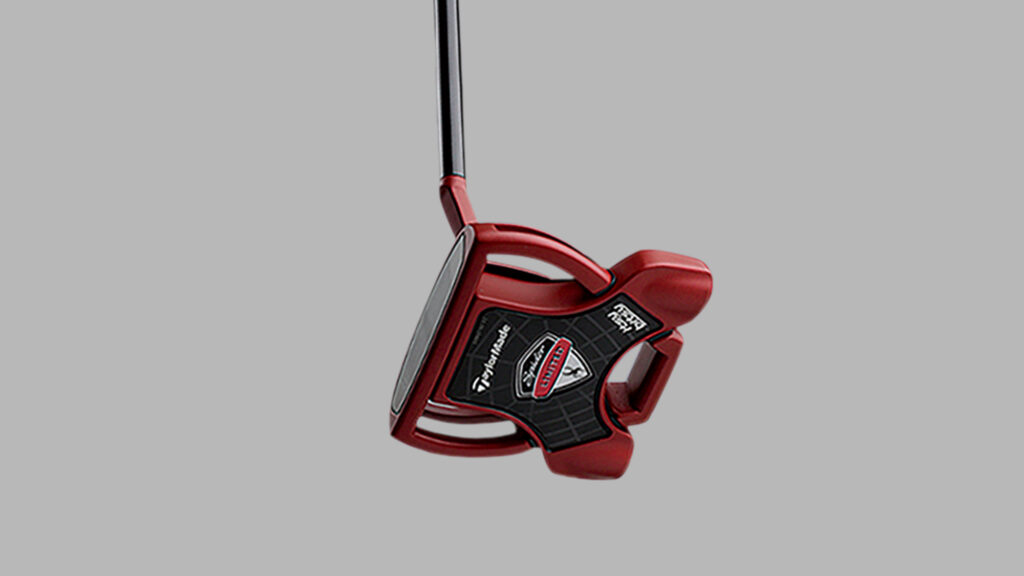
2017: TaylorMade Spider Tour putter
The Spider’s success was probably a decade in the making, but one of its big advantages was the use of a short slant neck that made it swing more like a blade. Rory McIlroy is the latest No.1 player in the world to use a newer version of this iconic shape.
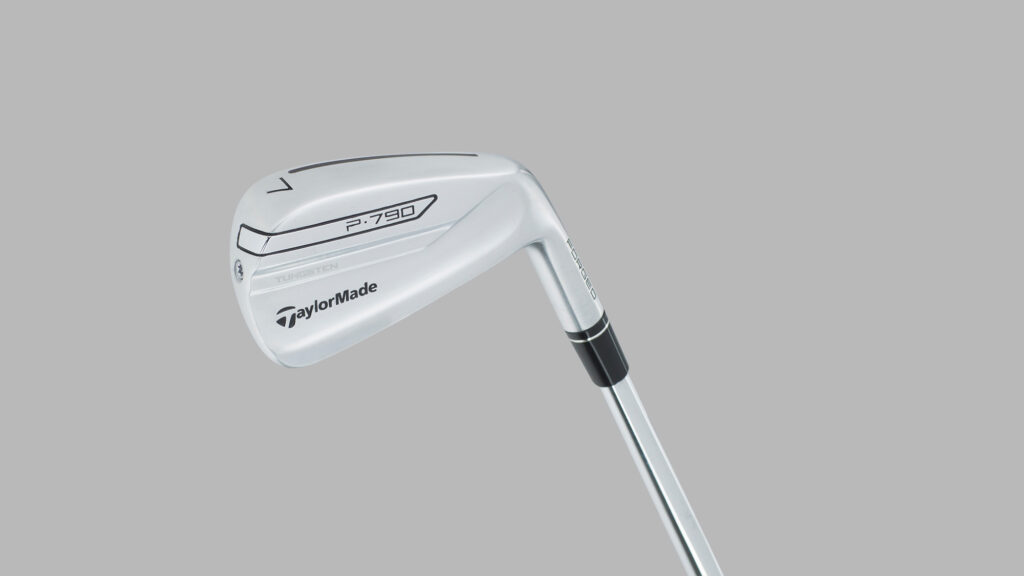
2018: TaylorMade P•790 irons
Somehow the range of players gravitating to these irons ranged from scratch players to those who had trouble breaking 90. Why? TaylorMade’s face technology along with a special internal foam provided crisp, clean contact in a spiffy-looking package.
